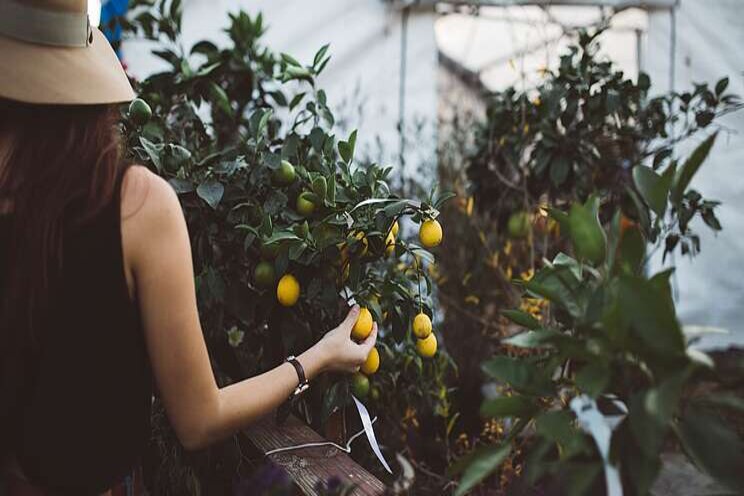How to grow veggies from scraps
Added on 16 August 2020

To nurture that spark of optimism - and give the kids something fun and educational to do - how about brightening the kitchen and the backyard by growing vegetables from food scraps.
This week I received a handy how-to guide from Egan Davis, principal instructor of the horticulture training program at the University of British Columbia.
How do you regrow plants from kitchen scraps?
Foods like lettuce, bok choy or spring onions are easy to regrow - when you're making dinner, just preserve the stump and ideally the shoot in the centre. Then stick the stump in a jar of water on your windowsill.

Celery is one of the easiest vegetables to grow from scraps in water. But change the water daily so it doesn't go slimy. Photo by Sophie Mikat on Unsplash
It's a good idea to change the water every few days (because they'll become slimy otherwise). Once you see leaves and roots initiating, just nestle it into soil in a container. Or you can go directly into a pot, but it's fun to watch the roots and leaves growing in water.
You can continue to harvesting leaves until it gets too hot and the plants start to flower - at that point the leaves will get bitter and the plants are done. You can try to prolong their growth by moving them to the shade when it starts to get hot.
You could also try things like heirloom tomatoes and peppers from seed - you can try anything really to see how it goes - and any food scraps you don't use can be turned into compost under the sink.

Cherry tomatoes can be grown on the kitchen sink if you get plenty of light. Otherwise, start them indoors then move them outside. Lots of fruit and fun to eat. Photo by Chinh Le Duc on Unsplash
Warm weather plants like tomatoes and hot peppers can be a lot of fun too - you can start them indoors now and then move them outdoors.
Herbs like rosemary and thyme are also really easy to grow from cuttings
Tips for first-time gardeners
Timing is important: There are plenty of online planting charts available. This one courtesy of Melbourne-based The Seed Collection.
Water your plant thoroughly, then let the soil dry down: If you're growing in a container, water the plant until water is coming out of the bottom and then don't water it again until the soil dries down.
The cycle of moist soil to dry soil and back is important because roots need oxygen. Also, fertiliser has salts that can accumulate in layers if you're only watering a little bit at a time, and that can burn the roots.
Container size is important: If you put a small plant in a big container, the soil will stay moist for too long and the plant might rot. Conversely, if the pot is too small for a plant, it dries out really quickly.
Get specially formulated potting soil from the garden centre: If you take earth from the garden, you might have some success, but the soil won't be porous enough to get saturated properly when you water it.
"A lot of this stuff is fun," says Egan Davis. "I'm growing some scraps on my own balcony and I'm going to eat what grows.
"I think it's a really good lesson for people to learn how much effort goes into the food we eat - how long it takes and how much space it takes to produce food in the quantities we need.
"Growing food from scraps really satisfies a desire to nurture things right now.
"People are home, and worried about their health and the future and what's really nice about growing plants is that you have something to take care of, and witnessing growth is so inspiring."
A couple of things
Spring onions grow pretty quickly and they're great for egg fried rice. But they need well-drained soil and not too much water, otherwise they'll rot. Also, they don't cope with weeds. Show the kids how to take out sprouting weeds using an old table fork. Plenty reward for not much effort.
Cherry tomatoes can grow in a well-lit kitchen, but will thrive in a pot or patch that faces north. They tend to fruit over and over, and they're sweet and tasty - and a particularly useful plant to change some resistant eating habits.
Children who grow them, tend to love eating them.
Source: The New Daily
Photo by Brooke Cagle on Unsplash
Source: The New Daily
More news

















